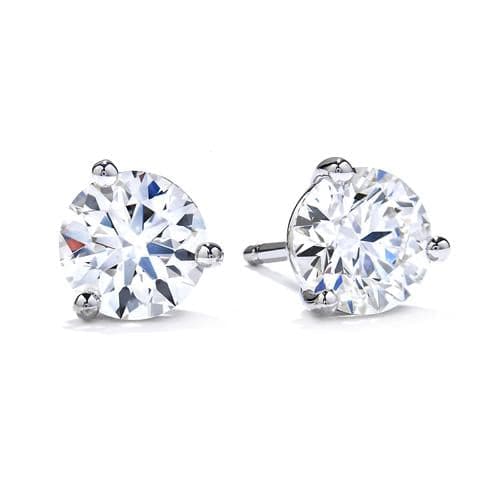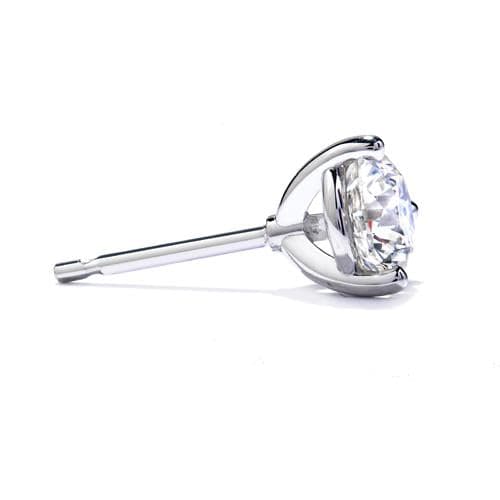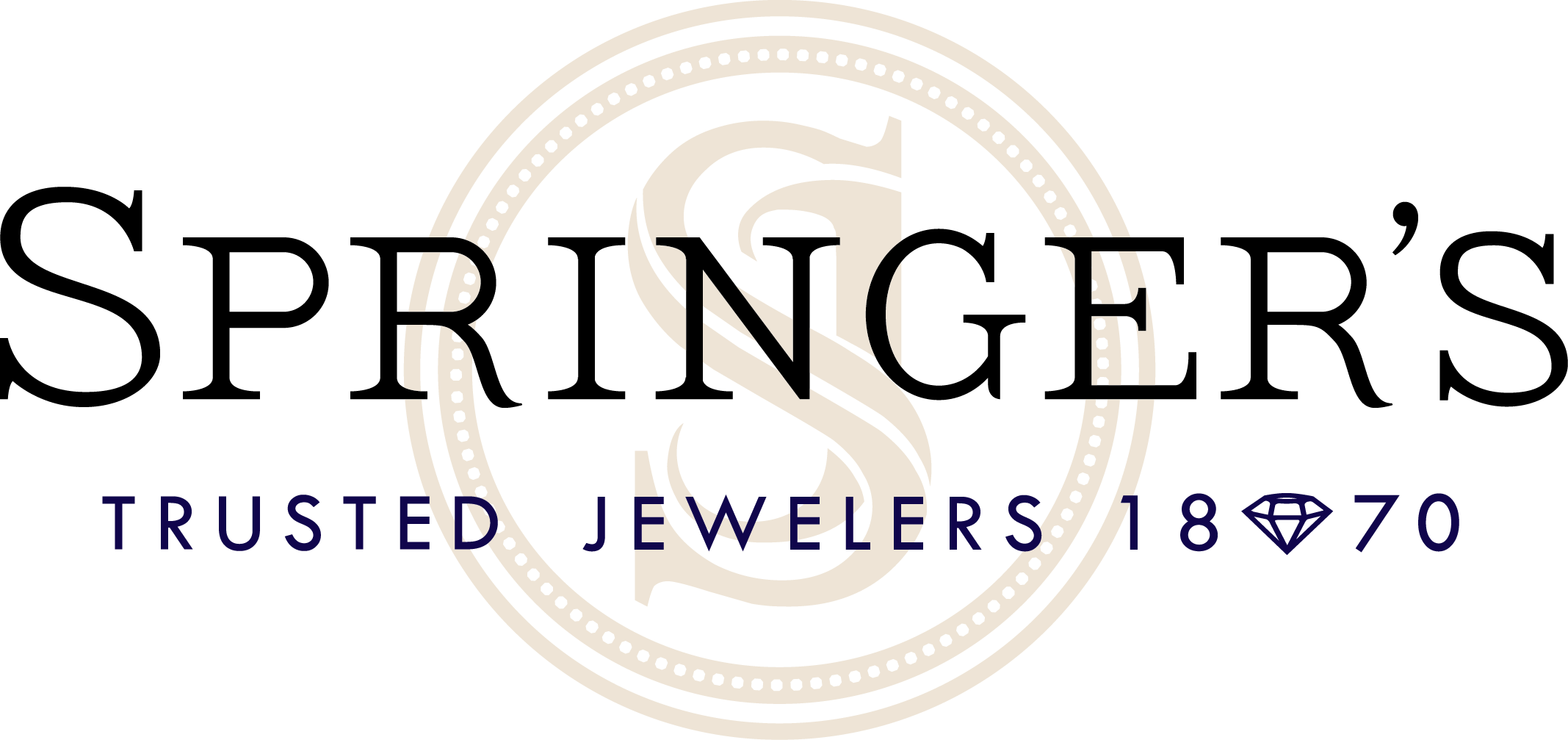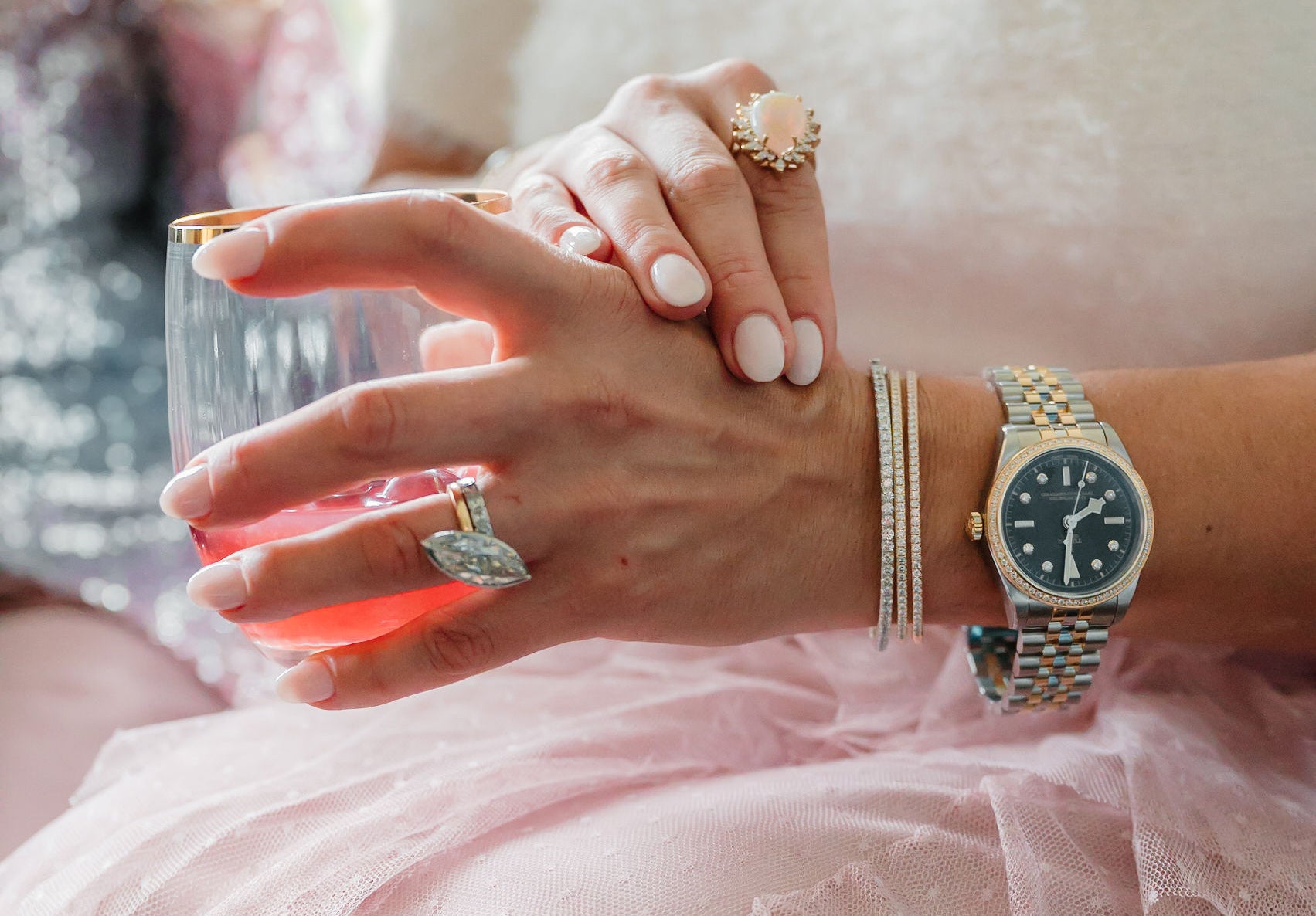Engagement rings are surrounded by numerous myths and misconceptions. At Springer's Jewelers, we believe in providing accurate information to help you make informed decisions. Let's explore the origins of some of the most common myths about engagement rings and understand why they may not necessarily be true.
Myth 1: Engagement Rings Need to Have a Solitaire Setting
Origin
The solitaire setting has been a symbol of elegance and simplicity for decades, popularized by its association with iconic rings and celebrity endorsements.
Reality
While solitaire settings are timeless and beautiful, they are not the only option. Engagement rings come in a variety of settings, including halo, three-stone, and pave, each offering a distinct look and character. Exploring different settings allows you to find a design that best represents your unique style and personality.
Myth 2: The Engagement Ring Should Cost Three Months’ Salary
Origin
This myth originated from a marketing campaign by De Beers in the 1930s, which suggested that an engagement ring should cost one month's salary, later increased to two and then three months’ salary.
Reality
The right ring for you should fit your budget and personal preferences. This outdated rule puts unnecessary pressure on couples. Instead, focus on what you can comfortably afford and what best represents your relationship. There are beautiful rings available at various price points, ensuring you can find something perfect without financial strain.
Myth 3: The Higher the Carat, the Better the Diamond
Origin
The carat weight of a diamond has long been associated with its value, leading many to believe that a higher carat weight automatically means a better diamond.
Reality
While carat weight is an important factor, it's not the only one. A diamond’s cut, color, and clarity also significantly affect its overall beauty and value. It's crucial to consider all the 4 Cs (cut, color, clarity, and carat) when choosing a diamond. Finding the right balance among these factors will ensure you select a diamond that is both stunning and valuable.
Myth 4: Lab-Grown Diamonds Aren’t Suitable for Engagement Rings
Origin
Lab-grown diamonds have been surrounded by misconceptions, leading some to doubt if they can be suitable for engagement rings.
Reality
Lab-grown diamonds are chemically, physically, and optically identical to natural diamonds. They provide the same sparkle and durability, making them an excellent option for engagement rings. Choosing a lab-grown diamond offers you the same beauty and quality as a natural diamond, ensuring your ring is a perfect symbol of your commitment.
Myth 5: You Should Only Buy Diamonds with the Highest Clarity Grade
Origin
The highest clarity grades in diamonds, such as FL (Flawless) and IF (Internally Flawless), are often marketed as the best and most desirable.
Reality
While high clarity grades are impressive, most inclusions in diamonds are not visible to the naked eye, especially in grades like VS1 (Very Slightly Included) or even SI1 (Slightly Included). Diamonds across these clarity grades often display desirable brilliance. Choosing a diamond with a slightly lower clarity grade can still result in a stunning stone, as the inclusions are nearly impossible to see without magnification.
Myth 6: You Can’t Upgrade an Engagement Ring
Origin
The sentimentality attached to an engagement ring often leads to the belief that it should never be changed or upgraded.
Reality
Many couples choose to upgrade their engagement rings to celebrate milestones or changes in personal taste. Upgrading can mean changing the setting, adding more diamonds, or even choosing a larger center stone. Upgrading your ring can breathe new life into it while preserving the sentimental value of the original piece.
Myth 7: Antique Rings Are More Prone to Damage
Origin
The age of antique rings leads to the belief that they are more fragile and susceptible to damage.
Reality
Antique rings are often crafted with exceptional skill and durable materials, making them as robust as modern rings. With proper care and maintenance, antique rings can be a lasting symbol of your commitment. They offer unique designs and historical significance that modern rings may lack.
Myth 8: Engagement Rings Have to Be Traditional in Design
Origin
Traditional ring designs, such as solitaires and classic settings, have dominated the market, creating the belief that engagement rings must adhere to these styles.
Reality
Engagement rings can be as unique as the individuals wearing them. Contemporary designs, mixed metals, colored gemstones, and intricate settings are just a few ways to personalize your ring. Customizing your ring to fit your style can make it a truly personal and cherished piece.
Myth 9: Engagement Rings Are Only for Women
Origin
Traditional gender roles and customs have long associated engagement rings primarily with women.
Reality
More men are choosing to wear engagement rings, embracing this trend as a symbol of mutual commitment. Engagement rings for men are becoming increasingly popular, allowing both partners to share in the symbol of their engagement.
Myth 10: Only Round Diamonds Are Popular
Origin
The round brilliant cut has been the most popular diamond shape for its maximum sparkle and classic appeal, leading many to believe it’s the only desirable shape.
Reality
There are several diamond shapes to choose from, each with its unique charm. Shapes such as princess, cushion, oval, and pear are also highly sought after. Exploring different shapes can help you find a diamond that perfectly suits your style and preference.
Conclusion
Dispelling these common myths can help you feel more confident in choosing the perfect engagement ring. At Springer's Jewelers, we are committed to providing you with accurate information and exceptional service. Visit our website or stop by one of our coastal New England stores to explore our extensive collection of engagement rings, fine jewelry, and Swiss timepieces. Discover our selection and let us help you find the perfect symbol of your love.
For more information or to schedule an appointment, visit Springer's Jewelers. Join our email list for updates on our latest collections and special events.







